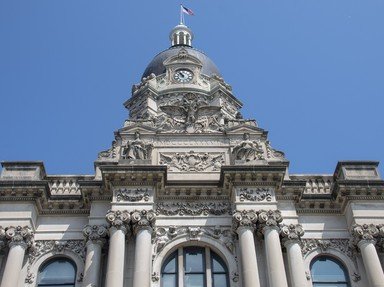Quiz Answer Key and Fun Facts
1. The 18th Amendment to the US Constitution prohibited the manufacture and sale of intoxicating liquor. What though was the name of the Act that clarified the law?
2. Prohibition allowed the consumption of alcohol under which of the following circumstances?
3. Prohibition led to an active black market in illegal alcohol. From which country was whiskey often hi-jacked and then smuggled into America?
4. The grape growers of California found an ingenious way of selling their wine products during prohibition. What was it?
5. Who founded the Women's Organisation for National Prohibition Reform?
6. Thanks to films, television and books we all know the word "speakeasy" to define an illegal drinking establishment. What else were they sometimes called?
7. Which Act did Franklin D. Roosevelt sign that allowed the sale of 3.2% alcohol by volume beer and wine, and effectively signalled the end of Prohibition?
8. What was the driving economic force behind the repeal of Prohibition?
9. Chicago is well known for Al Capone, but who rang the biggest bootleg operation in New York?
10. Although Prohibition as a federal matter ended in 1933, many states opted to stay dry. Which was the very last state to repeal Prohibition?
Source: Author
Christinap
This quiz was reviewed by FunTrivia editor
trident before going online.
Any errors found in FunTrivia content are routinely corrected through our feedback system.
